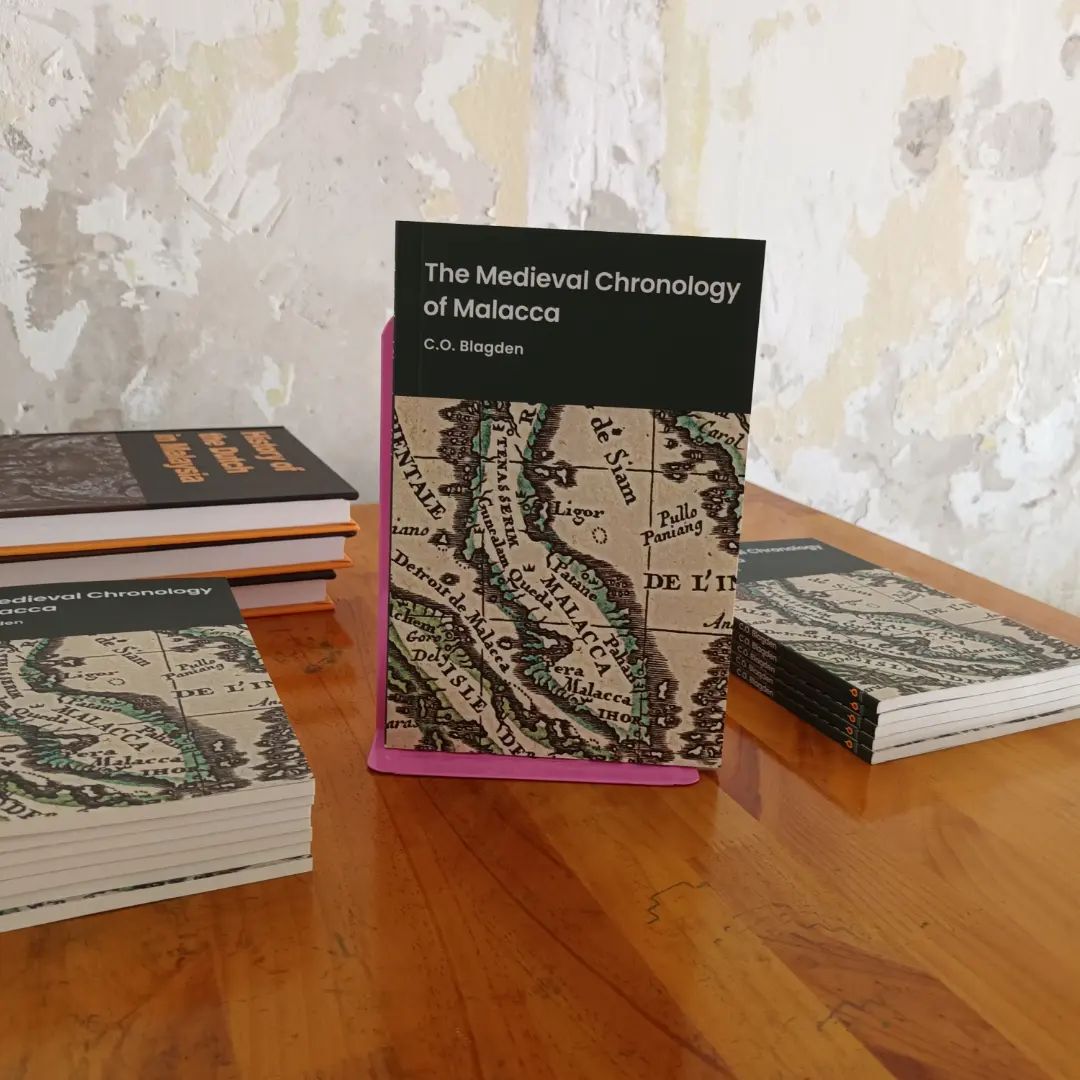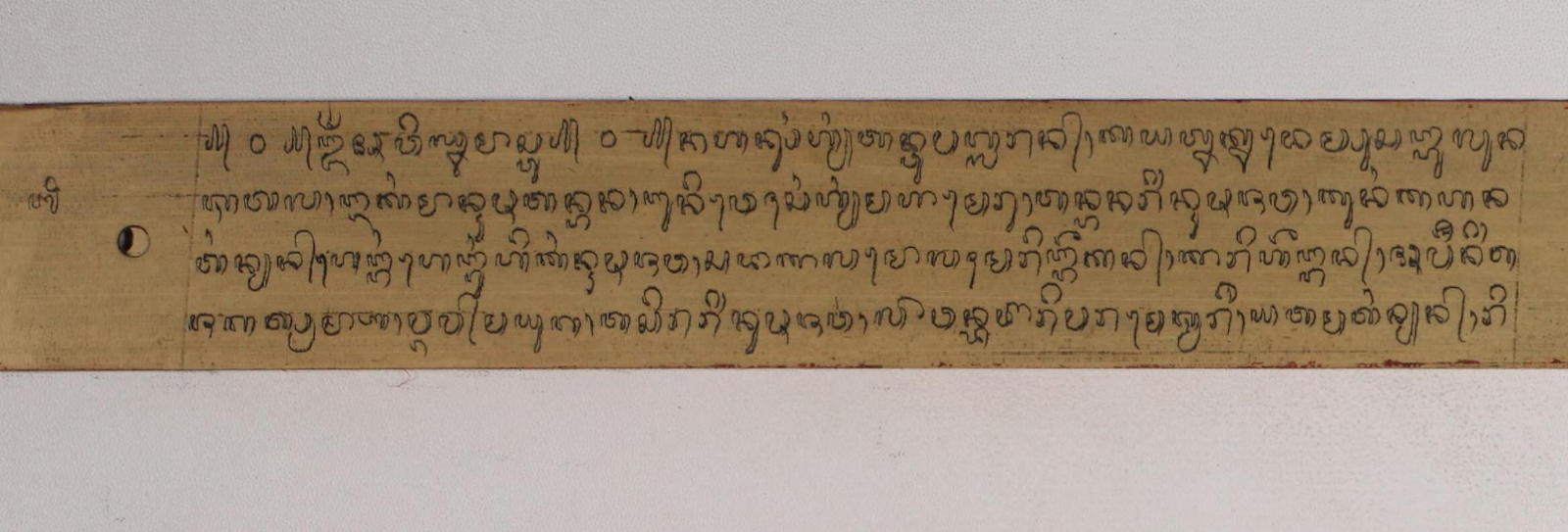The medieval chronology of Malacca

In 1897, Charles Otto Blagden (6 September 1864 – 25 August 1949) presented a paper entitled “Medieval chronology of Malacca" at the 11th International Congress of Orientalists ( 5 - 12 September 1897, Paris ). This paper was recently printed as a small booklet by Nutmeg Books . In what follows, we reproduce the full text of Blagden's 1897 paper, using digitized text data from Bibliothèque nationale de France. The book can be acquired from Nutmeg Books @ Shopee , Riwayat Bookstore, Kinokuniya Bookstore, etc. That Malay history is as yet in a very unsatisfactory state will be readily admitted by all who have taken the trouble to look into the subject. So far as the medieval period is concerned, it may be fairly said that what passes for history amongst the Malays consists mainly of a string of purely mythical legends, partly of native, partly of Arab but mainly of Indian origin, followed by and to some extent mixed up with anec...

